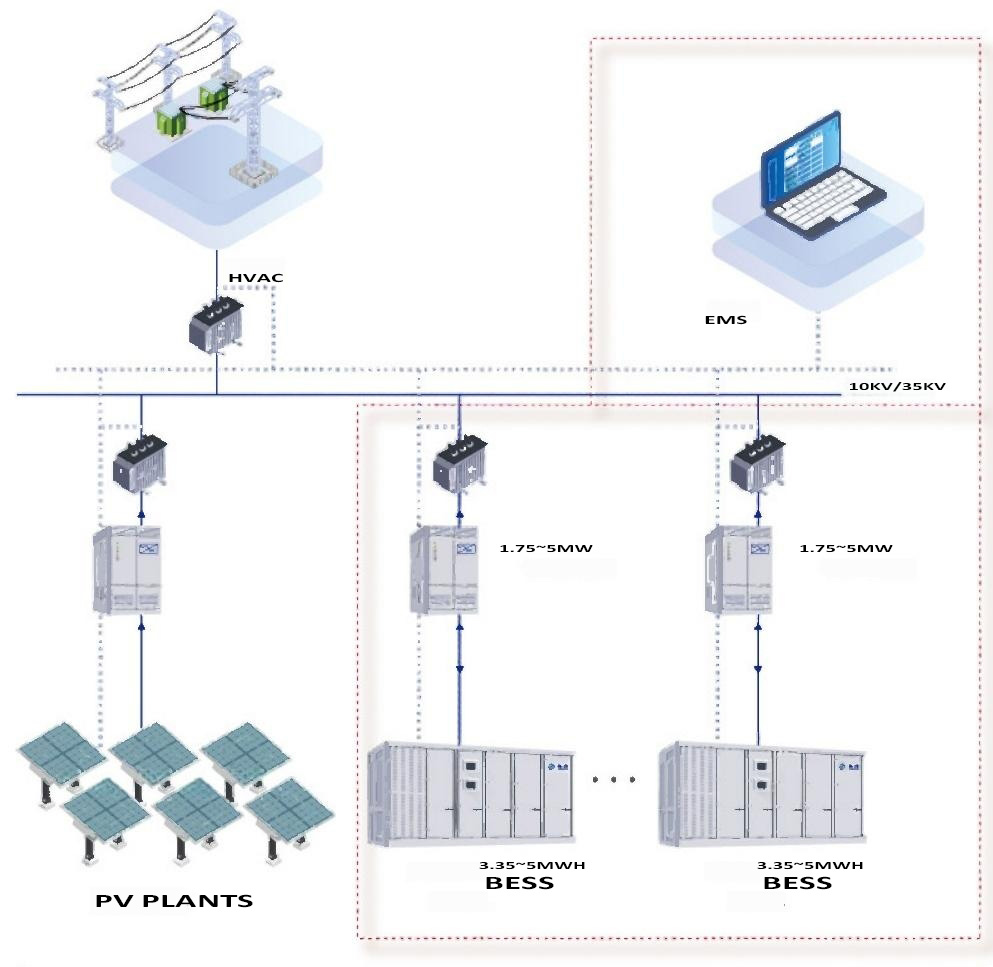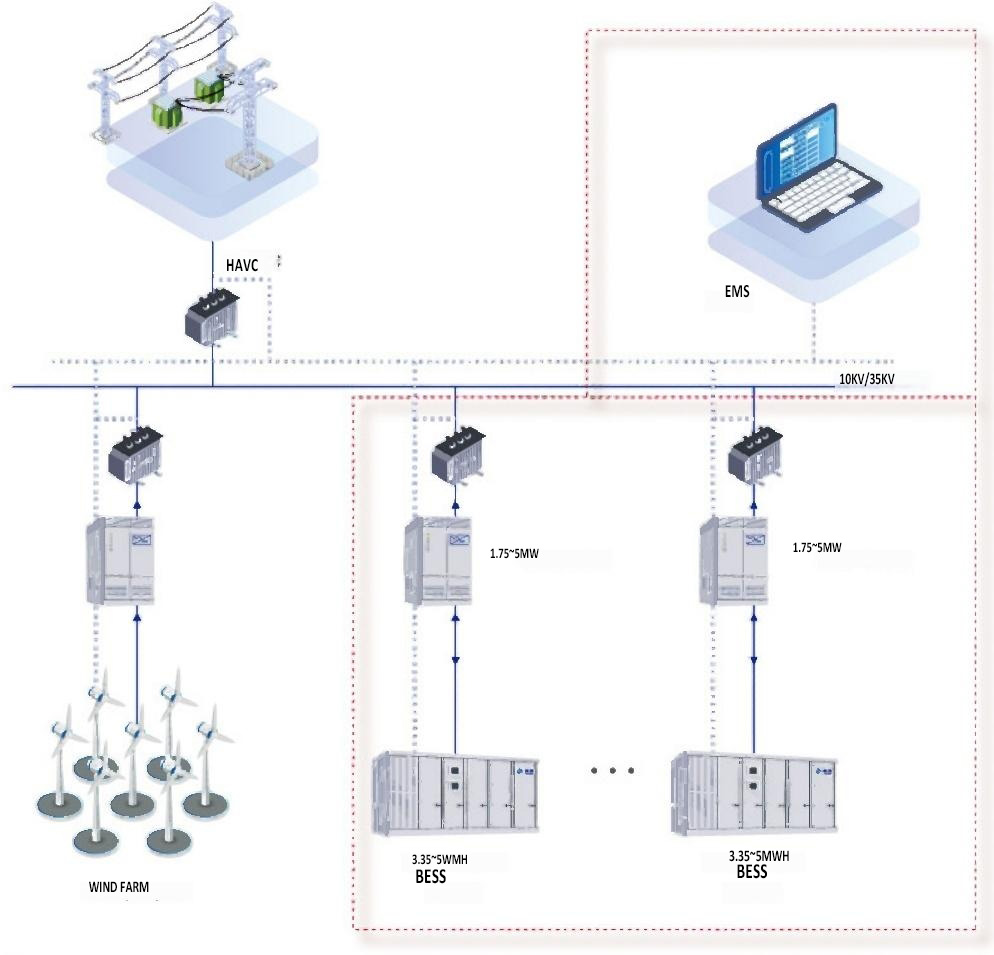As the demand for renewable energy continues to grow, so does the need for effective energy storage solutions. Energy storage systems play a vital role in stabilizing the power grid and ensuring reliable and continuous power supply. An emerging solution is the grid generation side BESS, which combines the advantages of grid generation and battery energy storage systems.
Integrating battery energy storage systems (BESS) on the power generation side of the grid has many advantages. By strategically placing energy storage systems on the generation side of the grid, operators can effectively manage peak demand, reduce energy waste, and improve the overall stability and reliability of the grid.
One of the main advantages of BESS on the generation side of the grid is its ability to enhance grid flexibility and resilience. By storing excess energy during periods of low demand and releasing it during peak times, energy storage systems can help relieve stress on the grid and prevent potential blackouts. This is particularly important as the grid becomes increasingly reliant on intermittent renewable energy sources such as solar and wind.
In addition, BESS on the power generation side of the grid can also help optimize the use of renewable energy. By storing excess energy generated by solar or wind power, energy storage systems can ensure a more consistent and reliable supply of clean energy, even when the sun is not shining or the wind is not blowing.
In addition to the technical advantages, BESS on the generation side of the grid can also provide financial advantages to utilities and energy operators. By reducing the need for costly infrastructure upgrades and improving overall grid efficiency, BESS can help reduce operating costs and maximize the value of renewable energy investments.
As we continue the transition to a more sustainable and renewable energy future, the integration of BESS on the generation side of the grid will play a vital role in shaping the grid of the future.






